

John D. Rockefeller was born in 1839 to a modest family in Richford, New York. His father sold fake medicine as a traveling salesman, often absent from home for long periods. His mother taught young John important lessons about saving money and working diligently. These early influences shaped his character and planted the seeds for his future success.

At sixteen, Rockefeller found work as a bookkeeper in Cleveland, Ohio. He was meticulous with numbers and saved almost every penny he earned. His employers quickly noticed his remarkable ability with finances and business matters. By twenty, he had saved enough to start dreaming of launching his own business ventures.
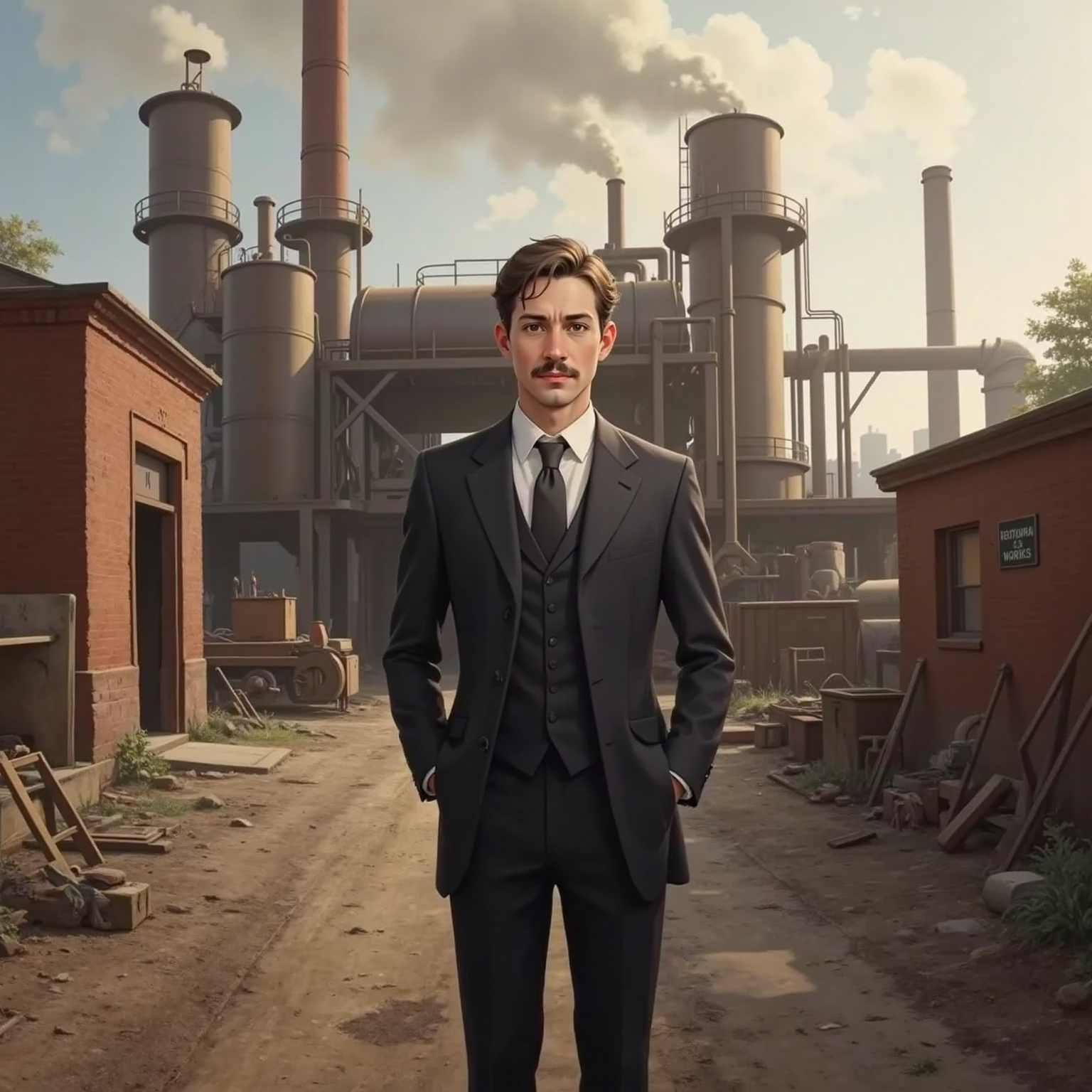
When oil was discovered in Pennsylvania in the 1860s, Rockefeller recognized a golden opportunity. He invested in his first oil refinery, turning crude oil into kerosene for lamps. His refinery was more efficient than competitors, producing higher quality fuel at lower costs. Rockefeller's keen eye for business efficiency was already setting him apart in the growing industry.
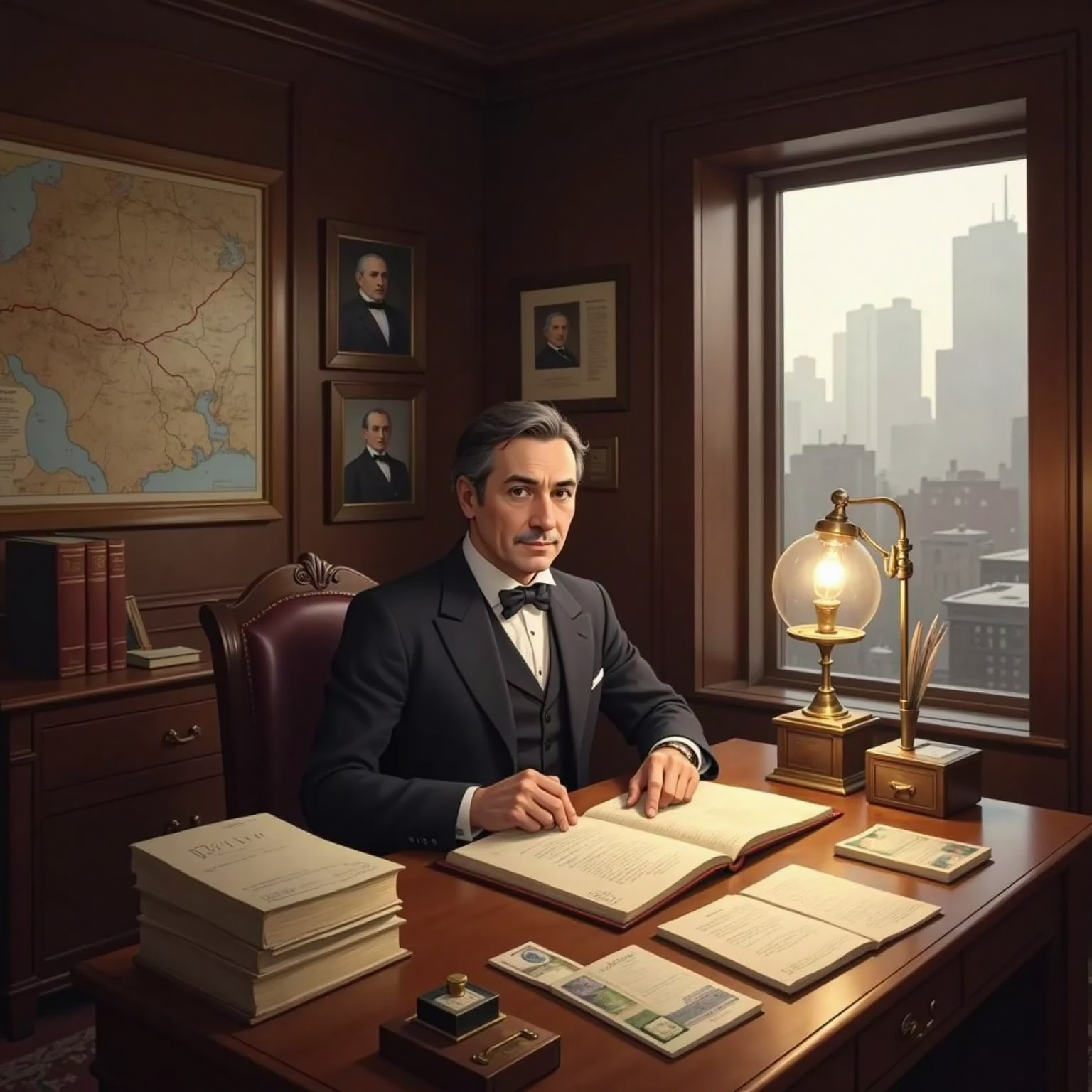
In 1870, Rockefeller founded Standard Oil during America's rapid industrialization period. His company quickly began acquiring competing refineries through various means. He offered rivals the choice to sell their businesses or face ruinous competition. By the end of the decade, Standard Oil controlled nearly 90% of America's oil refining.
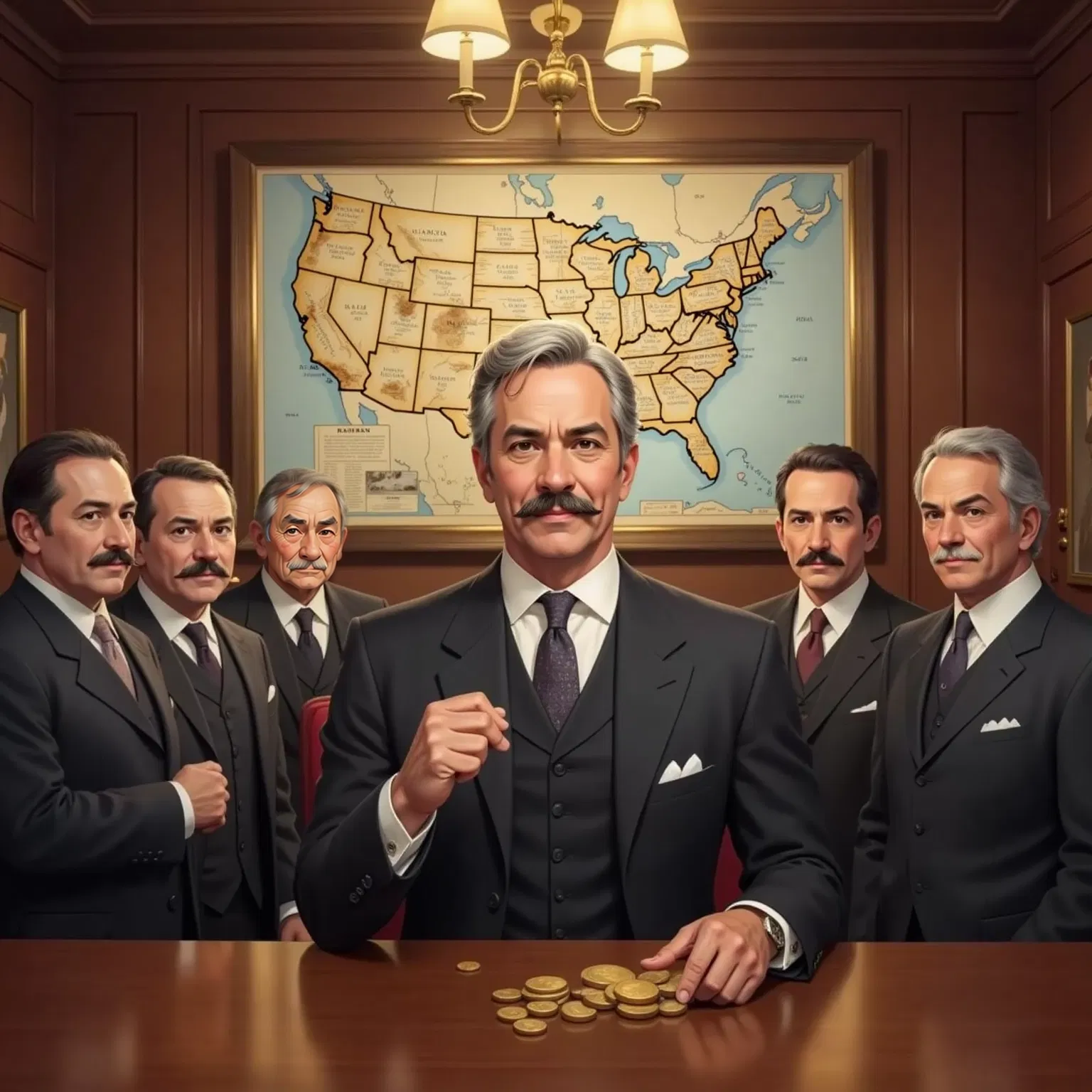
Rockefeller negotiated secret deals with railroad companies for special shipping rates. These rebates allowed him to transport oil more cheaply than his competitors could. He used this advantage to undercut rivals' prices until they were forced to sell to him. His growing monopoly gave him unprecedented control over America's vital oil industry.
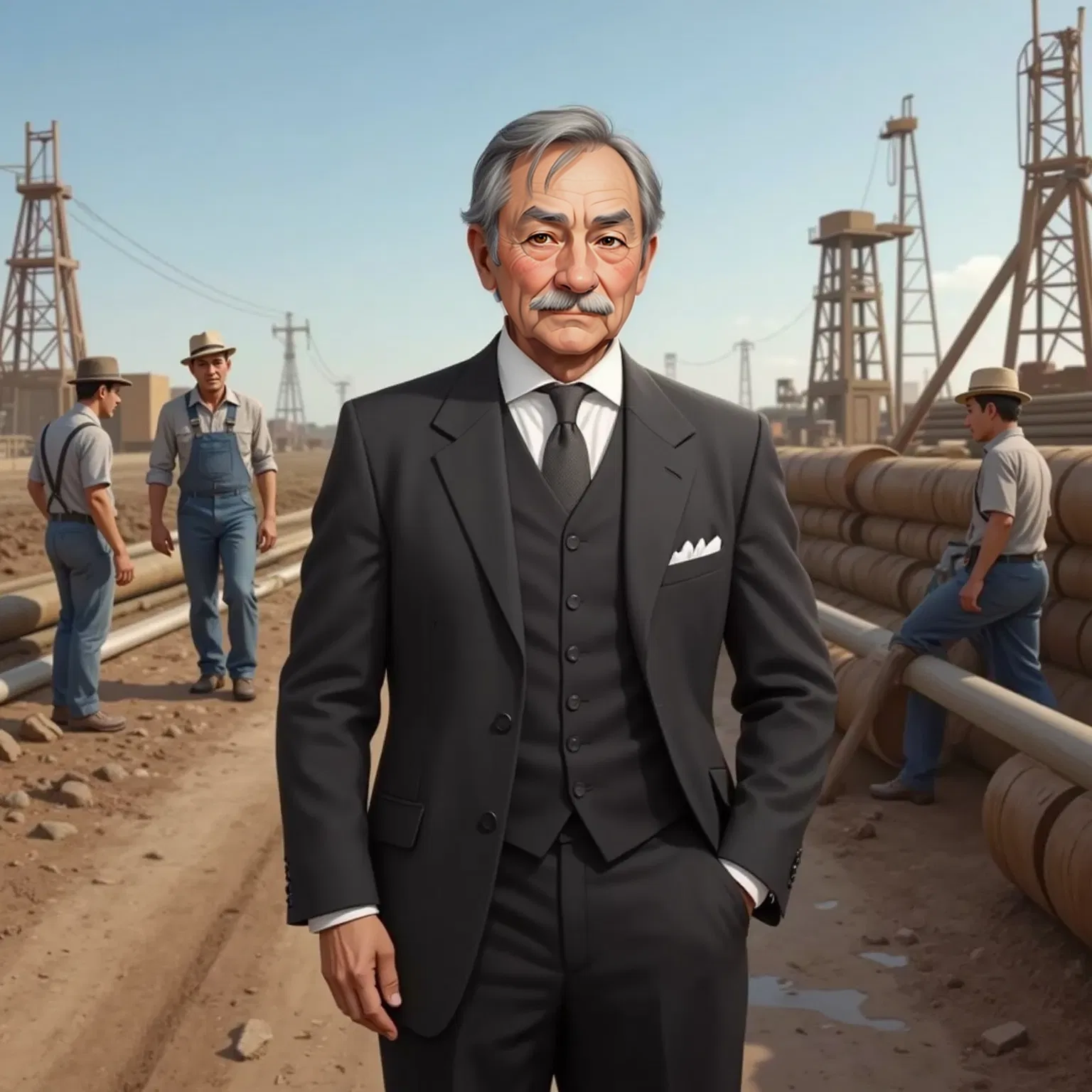
Standard Oil expanded to control every aspect of the oil business from drilling to retail sales. This strategy, called vertical integration, eliminated middlemen and maximized profits at every step. Rockefeller's company owned oil wells, refineries, pipelines, and even the barrel-making factories. His business empire grew more powerful with each passing year.
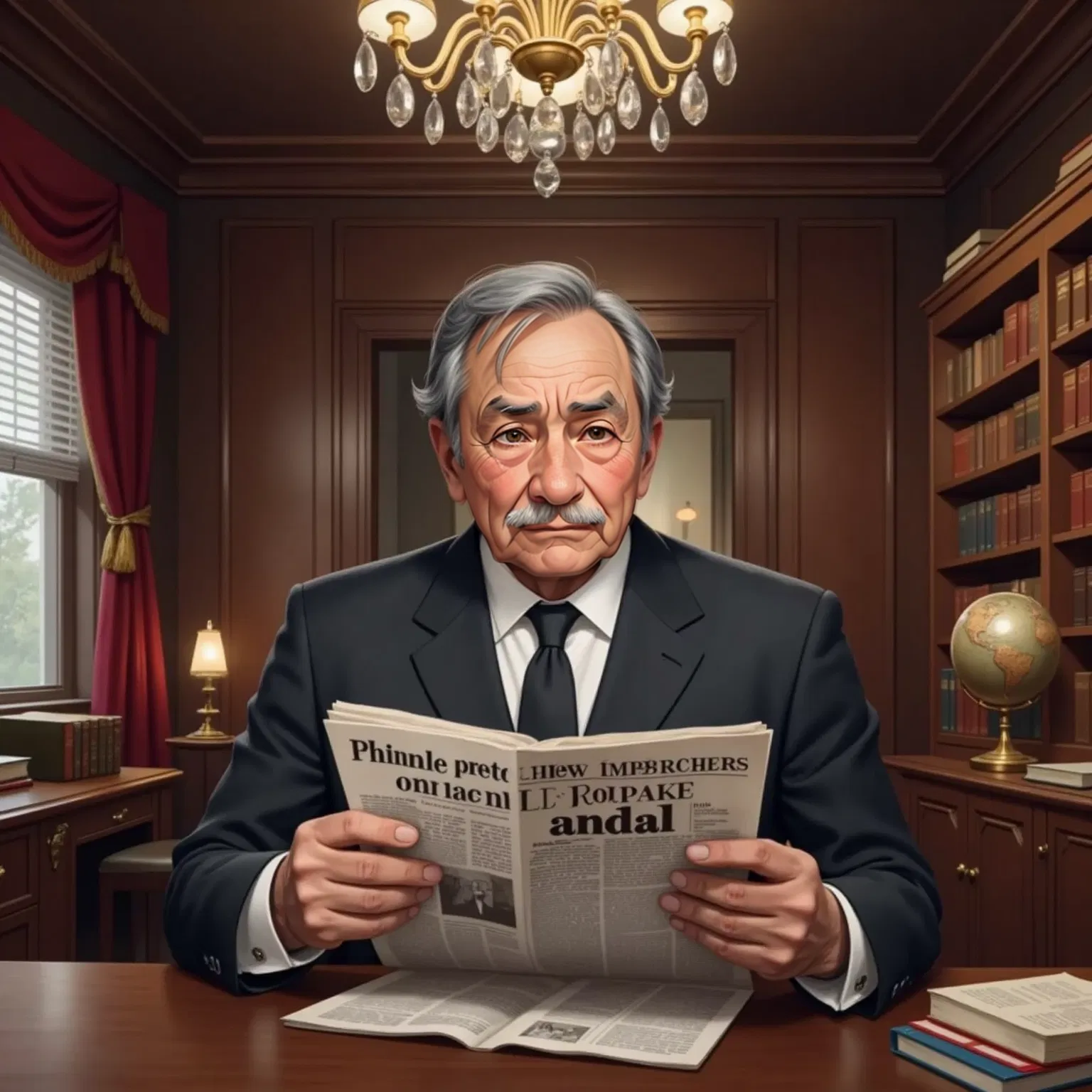
In 1872, Rockefeller's involvement in the South Improvement Company scheme was revealed. This secret arrangement gave Standard Oil preferential shipping rates while raising rates for competitors. When the public learned about these tactics, there was widespread anger and calls for government action. Rockefeller's reputation began to shift from successful businessman to ruthless monopolist.

Journalist Ida Tarbell published a series of articles exposing Standard Oil's unfair business practices. Her work helped turn public opinion firmly against Rockefeller and his methods. People began calling wealthy industrialists like him "robber barons" for their aggressive tactics. Despite growing criticism, Standard Oil continued to dominate the market and generate enormous profits.
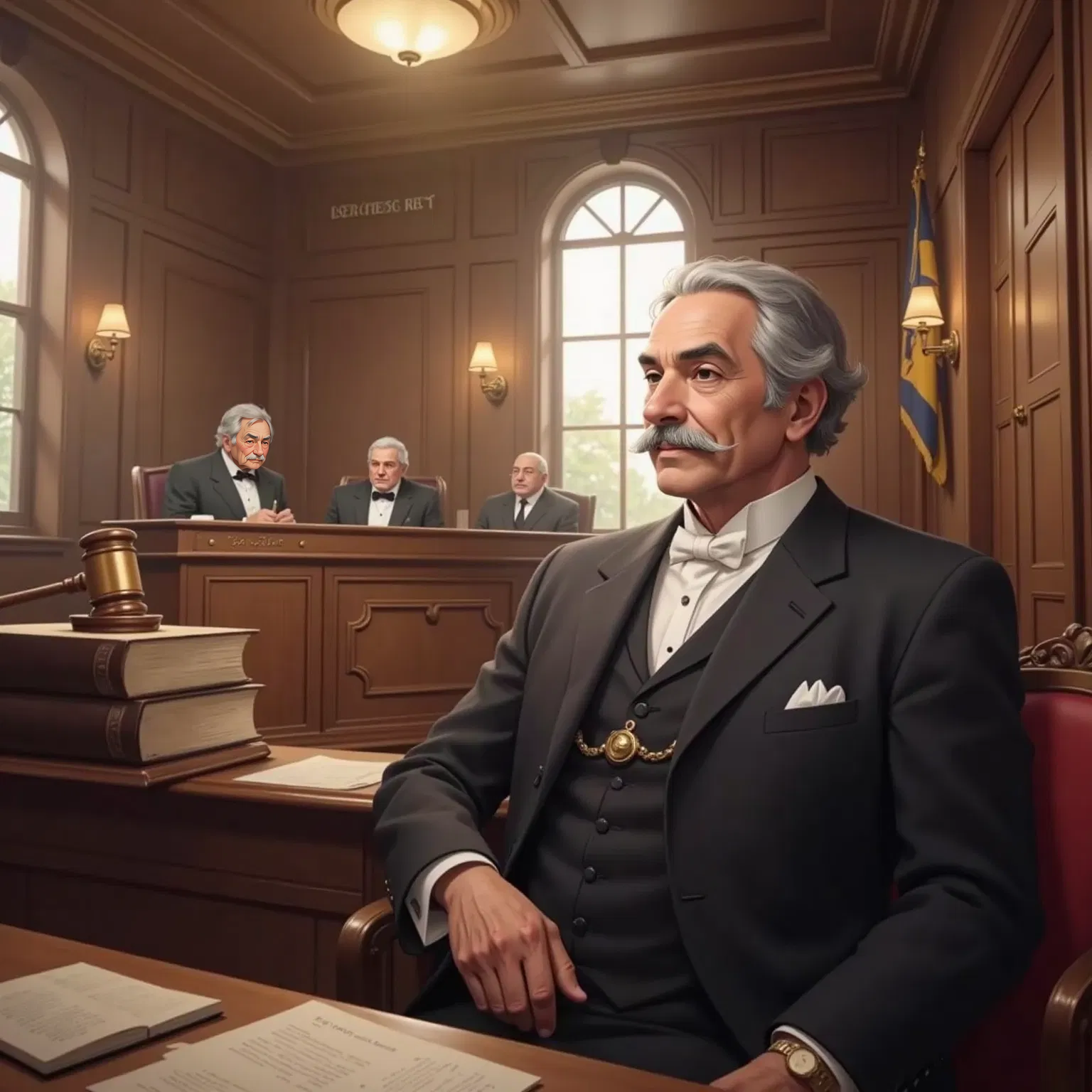
In 1911, the Supreme Court ordered Standard Oil to be broken into 34 separate companies. This landmark decision used the Sherman Antitrust Act to limit monopoly power in America. Despite the breakup, Rockefeller owned shares in all the new companies and actually grew wealthier. His fortune reached unprecedented levels even as his original business empire was dismantled.
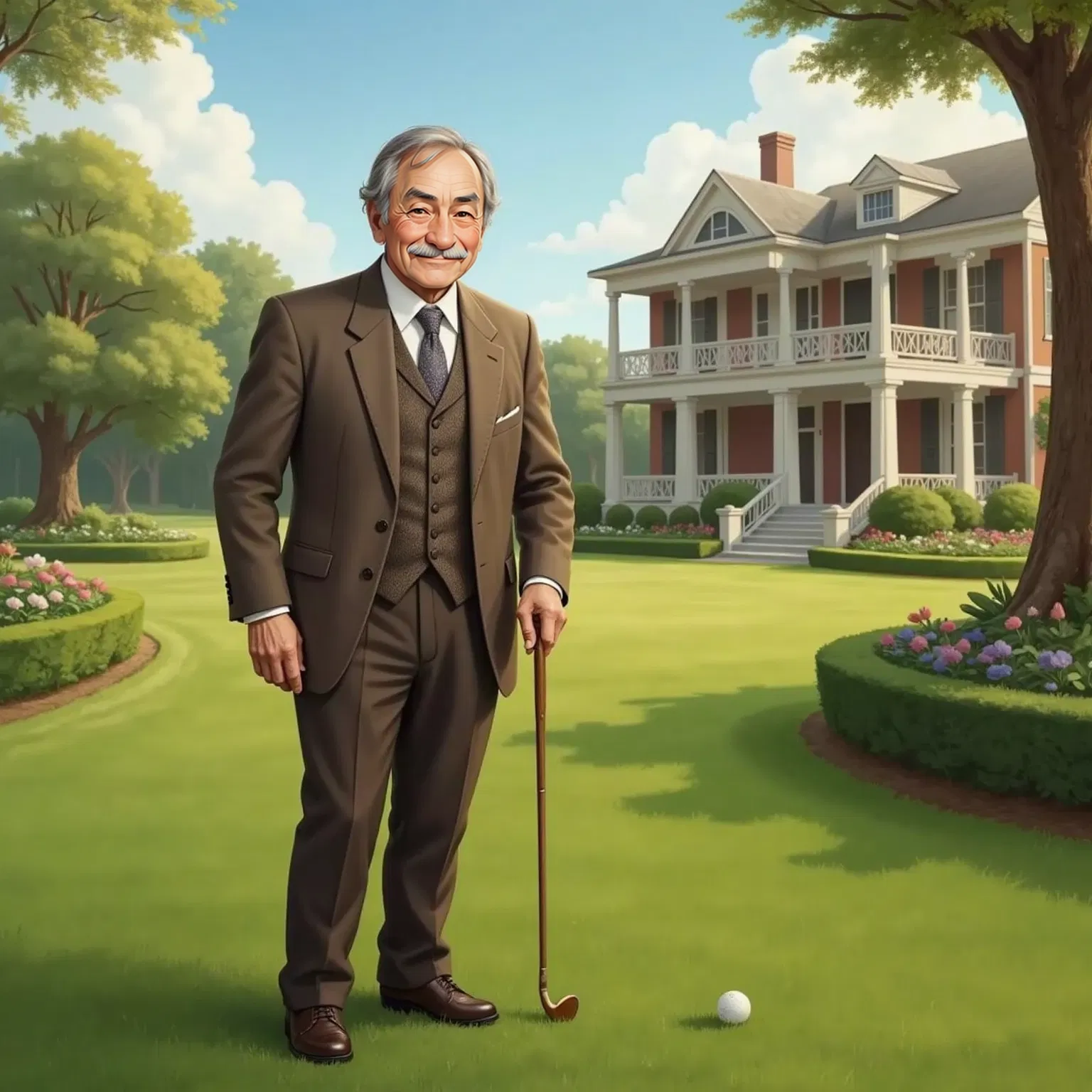
Rockefeller stepped away from active business management in 1897 at age 58. He maintained influence through his investments and financial holdings across many industries. His retirement allowed him more time to focus on his growing philanthropic interests. He enjoyed a long retirement, playing golf and spending time with his family.
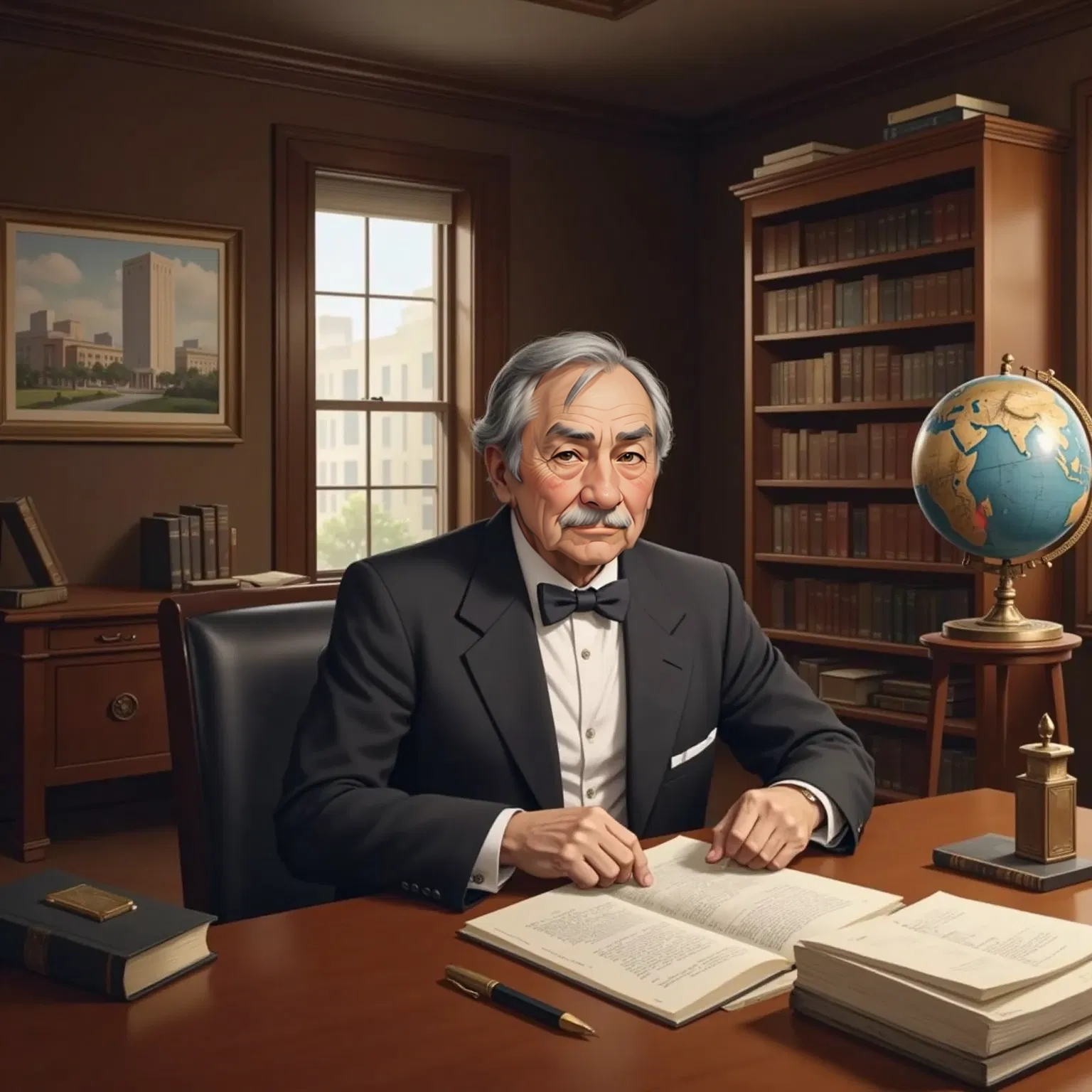
Rockefeller donated approximately $500 million (billions in today's dollars) to various causes. He established major foundations that supported education, medical research, and public health initiatives. His funding helped establish the University of Chicago and eradicate diseases like hookworm and yellow fever. His philanthropy was as systematic and far-reaching as his business ventures had been.
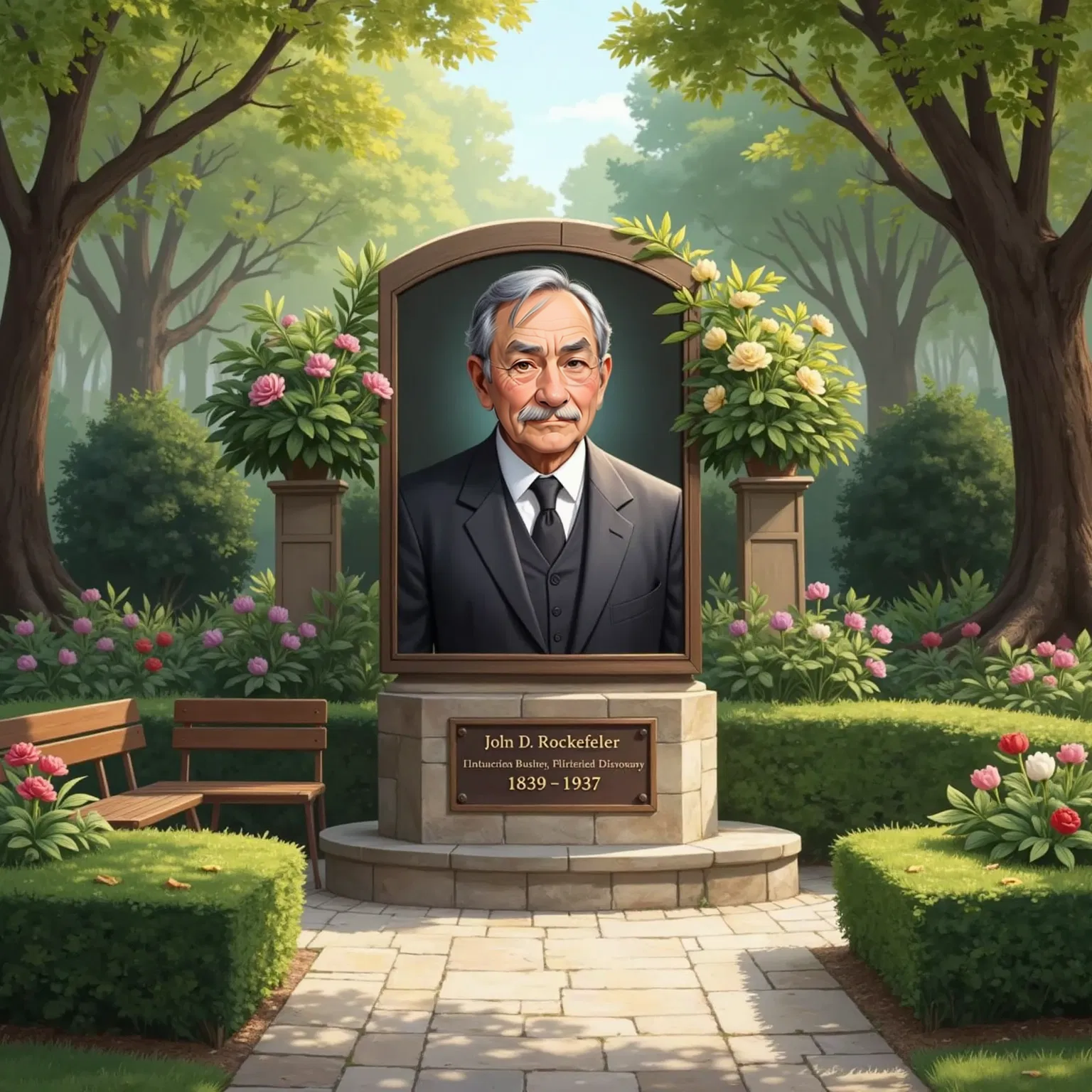
John D. Rockefeller died in 1937 at the age of 97, leaving behind a complicated legacy. He remains both admired for his business genius and criticized for his monopolistic practices. His name lives on in institutions like Rockefeller Center and through his family's continued philanthropy. His life story embodies both the opportunities and inequalities of American industrial capitalism.